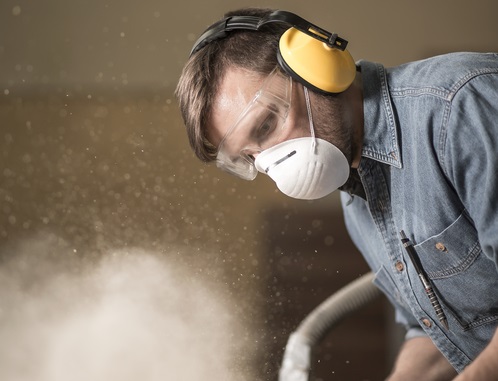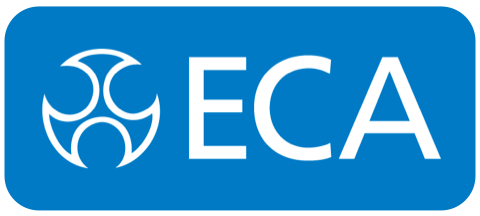
The rules about employers’ responsibilities to supply Personal Protective Equipment (PPE) are changing from 6 April 2022.
What does this mean for ECA members?
The Personal Protective Equipment at Work Regulations 1992 place a duty on employers to ensure that suitable PPE is provided to ‘employees’ who may be exposed to a risk to their health or safety while at work. The new rules extend this duty to others in the workforce and comes into force on 6 April 2022.
Who are the additional workers that this rule will apply to?
The new category of the workforce that is included in the rules changes are limb (b) workers. Limb (b) describes workers who generally have a more casual employment relationship and work under a contract for service and are not currently in scope of the existing PPE Regulations. For example, a limb (b) worker could be someone who:
- carries out casual or irregular work for one or more organisations
- after 1 month of continuous service, receive holiday pay but not other employment rights such as the minimum period of statutory notice
- only carries out work if they choose to
- has a contract or other arrangement to do work or services personally for a reward (the contract doesn’t have to be written) and only have a limited right to send someone else to do the work, e.g. swapping shifts with someone on a pre-approved list (subcontracting)
- is not in business for themselves (they do not advertise services directly to customers who can then also book their services directly)
So what do you have to do?
If a risk assessment indicates a worker requires PPE to carry out their work activities, the employer must carry out a PPE suitability assessment and provide the PPE free of charge in the same way that they do for employees. The employer is also still responsible providing sufficient information, instruction and training on the use of PPE along with maintenance, storage and replacement of any PPE they provide. The worker is required to report loss and defects in the PPE, use the PPE in accordance with the training and instruction provided, and ensure PPE is returned to the accommodation provided by the employer.
As a final point remember the hierarchy of control and consider other risk controls ahead of PPE as part of the occupational health and safety risk assessment.
NOTES: Agency workers should have their PPE provided by their agency. As every employment relationship will be specific to the individual and employer, the precise status of any worker can ultimately only be determined by a court or tribunal.
Last updated 12 January 22
